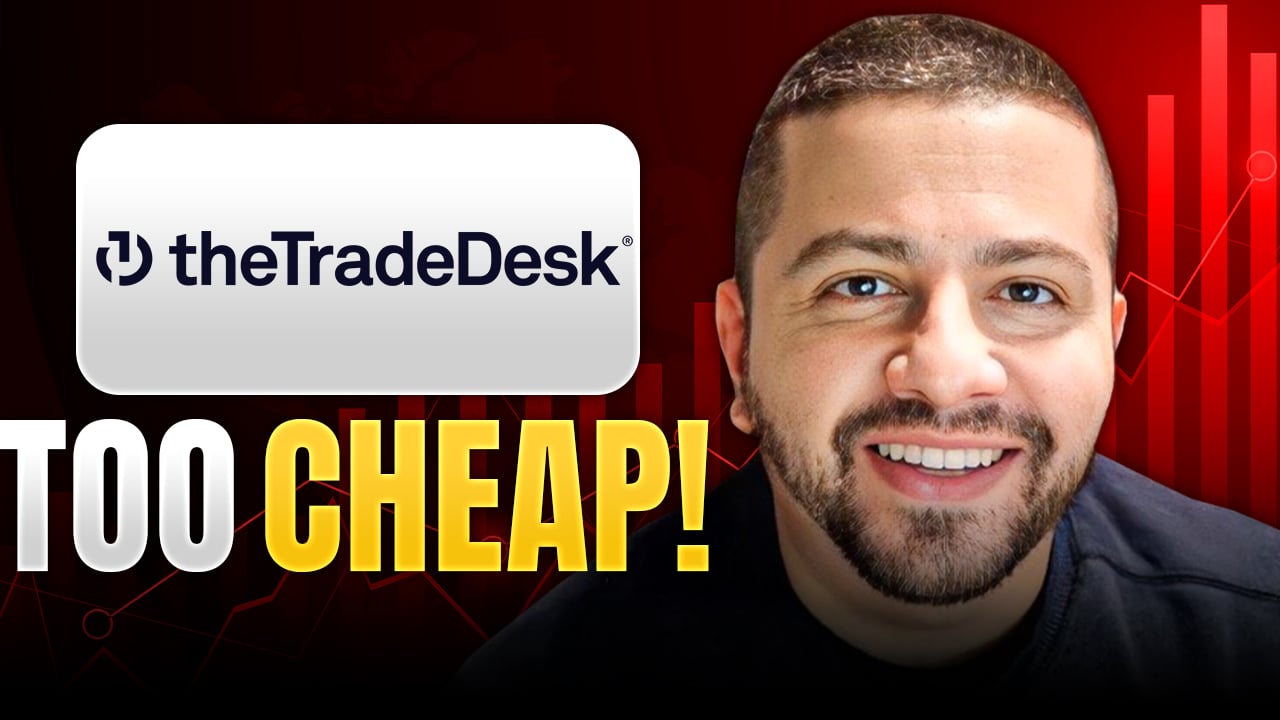The Trade Desk (TTD +1.70%) has generated impressive gains since its initial public offering in September 2016. The adtech company went public at a split-adjusted price of $1.80, reached a record high of $111.64 on Nov. 16, 2021, and eventually pulled back to about $92 today. That rally would still have turned a $20,000 investment into $1.02 million.
Investors might be reluctant to buy the stock after those massive gains, and it doesn't look cheap at 119 times forward earnings and 19 times this year's sales. However, I believe The Trade Desk deserves its premium valuation for three simple reasons.

Image source: Getty Images.
1. The Trade Desk is a disruptive play on the "open internet" of ads
Adtech companies are mainly split into sell-side platforms (SSPs), which help publishers sell their own ad inventories, and demand-side platforms (DSPs), which allow advertisers to automatically buy ad space across various platforms.
Advertising giants like Alphabet's (GOOG +0.00%) (GOOGL 0.08%) Google and Meta Platforms (META +0.47%) bundle together SSPs, DSPs, and other advertising services for their customers, but they also lock them into their own walled gardens and advertising networks. Those restrictions make it difficult for advertisers to reach websites and apps across the "open internet" that aren't connected to those sprawling tech ecosystems.
To reach those customers, publishers and advertisers are turning to independent SSPs and DSPs. During The Trade Desk's latest conference call, CEO Jeff Green said consumers now spend "about 60% of their online time on the open internet."

NASDAQ: TTD
Key Data Points
That's why The Trade Desk, the world's largest independent DSP, has grown so rapidly since its public debut. Its AI-driven Solimar platform helps its advertisers use their own first-party data to place ads instead of relying on third-party data, and its new OpenPath tool could eventually render SSPs obsolete by directly connecting advertisers to publishers.
Simply put, The Trade Desk could continue to disrupt Google and Meta in the advertising market in the same way Shopify pulled online merchants away from Amazon in the e-commerce market.
2. The Trade Desk's long-term play on ad-supported streaming videos
The Trade Desk sells ad space across desktop, mobile, retail media, and streaming video platforms. Google and Meta dominate the desktop and mobile market, but they have a more fragmented presence in the streaming video space.
As a result, many streaming video companies, including Disney and Roku, are turning to The Trade Desk to integrate ads into their streaming videos. That growth engine could grow even bigger over the next few years as more premium streaming video platforms roll out cheaper ad-supported tiers to gain more customers.
According to Tech Insights, the North American connected TV (CTV) advertising market could grow at a compound annual growth rate (CAGR) of 13% from 2023 to 2027. That growth could complement its ongoing overseas expansion.
3. Rising revenues and expanding margins
From 2016 to 2023, The Trade Desk's revenue grew at a CAGR of 46%, its adjusted earnings before interest, taxes, depreciation, and amortization (EBITDA) rose at a CAGR of 51%, and its adjusted EBITDA margin jumped from 32% to 40%.
From 2023 to 2026, analysts expect its revenue to grow at a CAGR of 22%, its adjusted EBITDA to rise at a CAGR of 26%, and its adjusted EBITDA margin to reach 44% by the final year. We should take those estimates with a grain of salt, but its dominance of the independent DSP market, its disruptive expansion into the SSP market, and the future growth of its CTV and retail media markets could all help it meet or exceed those estimates.
By comparison, analysts expect Alphabet and Meta to grow their revenues at a CAGR of 12% and 14%, respectively, from 2023 to 2026. Therefore, The Trade Desk could remain a more appealing adtech play for growth-oriented investors.
But investors need to tune out the near-term noise
The Trade Desk still has plenty of growth potential, but its stock could remain volatile over the next few quarters as investors focus on interest rates, geopolitical conflicts, and the upcoming elections. But over the long term, I believe it will head higher as the macro environment stabilizes and more advertisers look beyond Google and Meta's walled gardens.








